12 Movie Endings People Still Debate
Some movie endings stick with people long after the credits roll. They spark arguments, theories, and endless rewatching as fans try to make sense of what really happened. Here are some of the most talked about endings that continue to keep audiences guessing.
This post may contain affiliate links, which helps keep this content free. Please read our disclosure for more info.
Inception (2010)
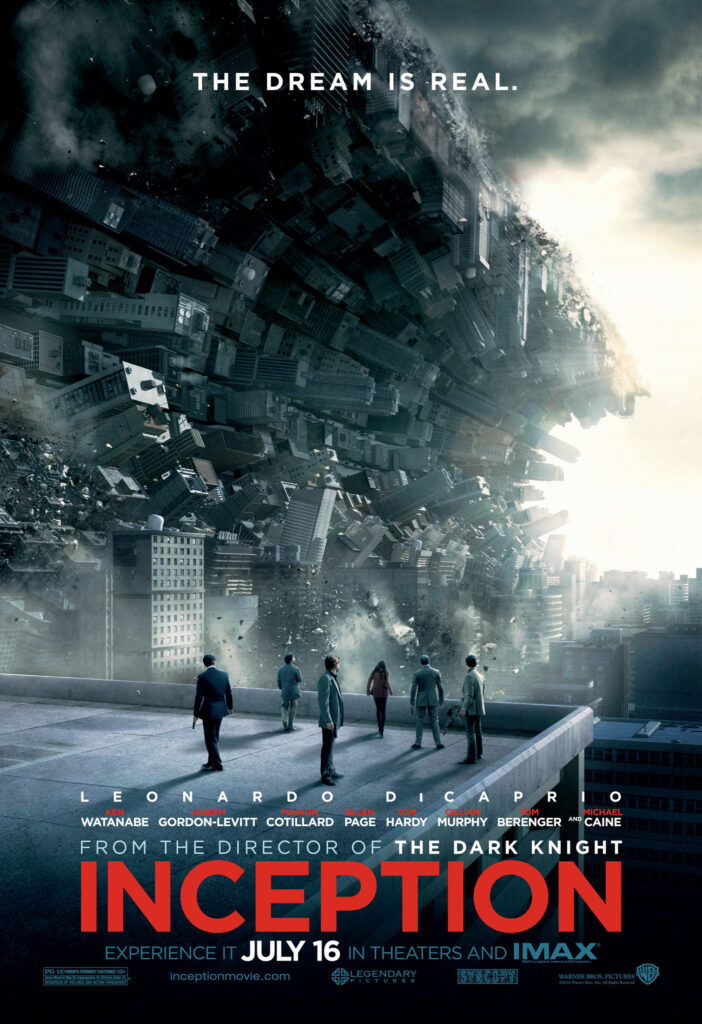
Christopher Nolan’s mind-bending thriller left audiences arguing over whether Cobb truly returned home or remained trapped in a dream. The spinning top, his chosen totem, wobbles but never fully falls, cutting to black before giving a clear answer. That single shot turned an otherwise satisfying resolution into one of the most debated moments in film history.
Fans still pick apart clues throughout the movie, from the children’s clothing to the way Cobb’s ring appears in certain scenes. Some insist Nolan gave enough hints to point toward reality, while others argue he wanted viewers to question the very nature of perception. Over a decade later, discussions about that ending still fuel movie forums and late-night debates.
Shutter Island (2010)
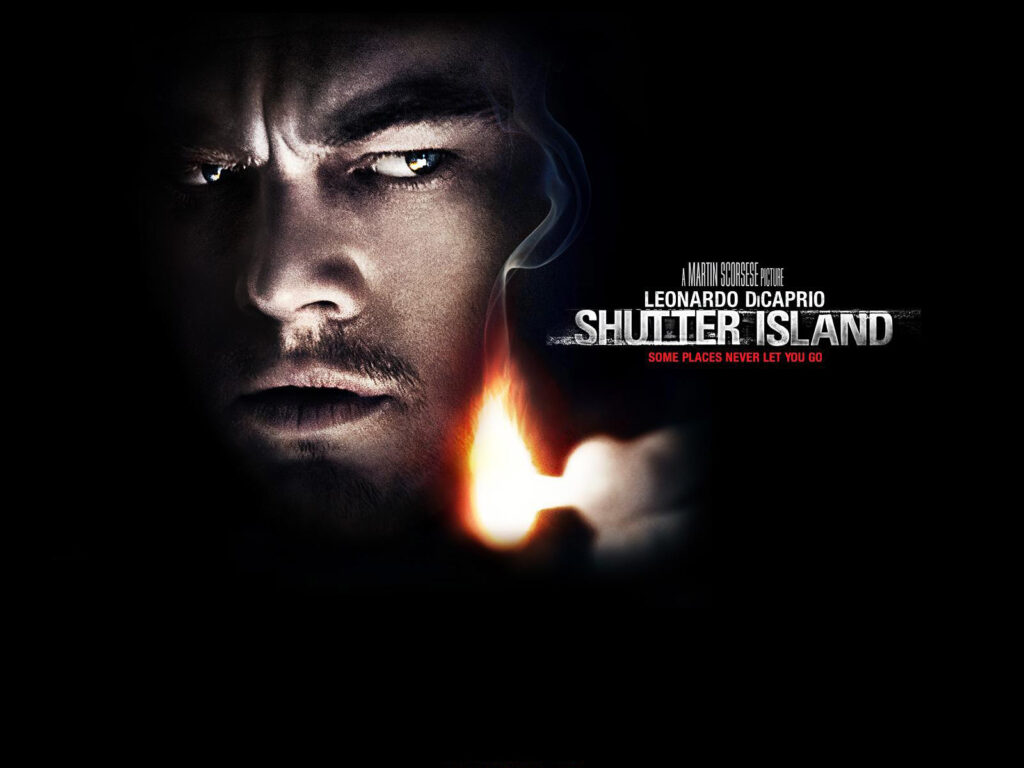
Martin Scorsese’s psychological thriller closes with a haunting line: “Which would be worse, to live as a monster or to die as a good man?” Viewers are left wondering whether Teddy Daniels accepted his madness or chose to embrace a lie for peace of mind. The ambiguity creates two equally chilling interpretations.
Some see Teddy’s words as evidence of clarity, a conscious choice to undergo lobotomy rather than live with guilt. Others interpret it as proof he was truly lost in delusion, unable to face reality. The lack of a definitive answer ensures the ending remains one of Scorsese’s most memorable finales.
Donnie Darko (2001)
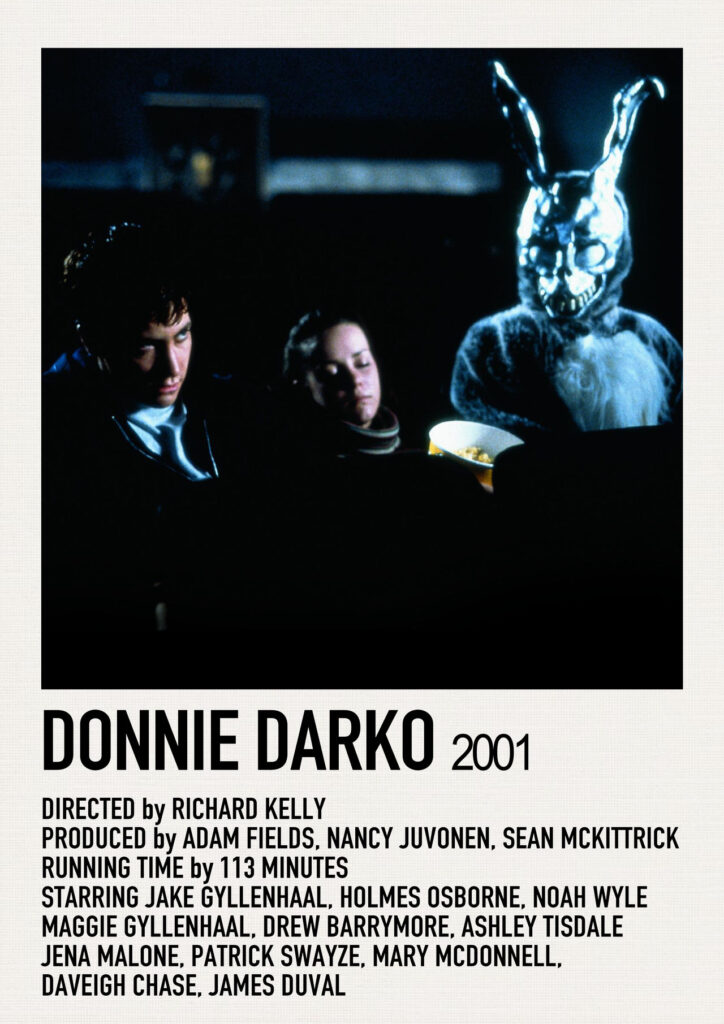
Richard Kelly’s cult classic has baffled viewers for years with its strange mix of time travel, teen drama, and surreal imagery. Donnie’s decision to stay in bed and accept his death resets the timeline, leaving fans unsure if his sacrifice was destiny or choice. The haunting soundtrack only adds to the unease.
Theories about tangent universes, manipulated living, and predestination swirl among fans to this day. Some argue Donnie was a tragic hero who saved the world, while others believe he was simply a troubled teen imagining it all. Its ending thrives on mystery, which is why the film continues to spark passionate analysis.
2001: A Space Odyssey (1968)
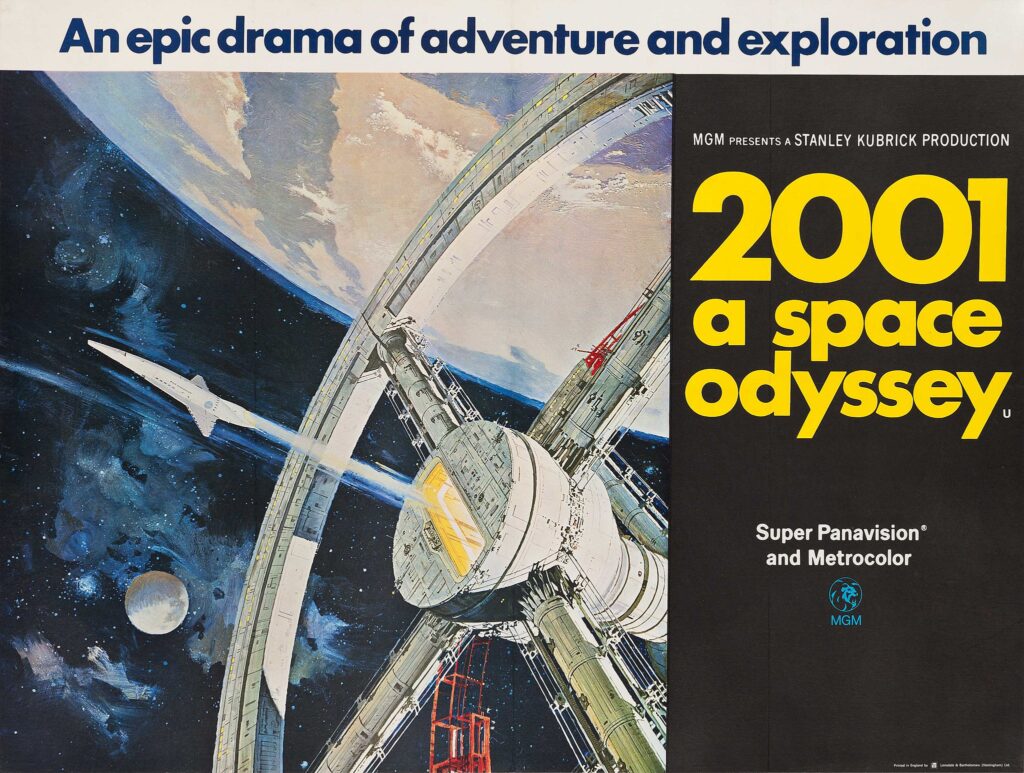
Stanley Kubrick’s sci-fi classic culminates with astronaut Dave Bowman’s transformation into the enigmatic Star Child. The sequence is stunning, surreal, and deliberately vague, leaving interpretation open. Was it an alien evolution, a metaphor for human progress, or something else entirely?
Kubrick himself resisted giving a clear explanation, allowing viewers to assign their own meaning. Some see it as an optimistic vision of humanity’s next stage, while others find it unsettling and cryptic. Its final images remain some of the most debated in cinema history.
Birdman (2014)
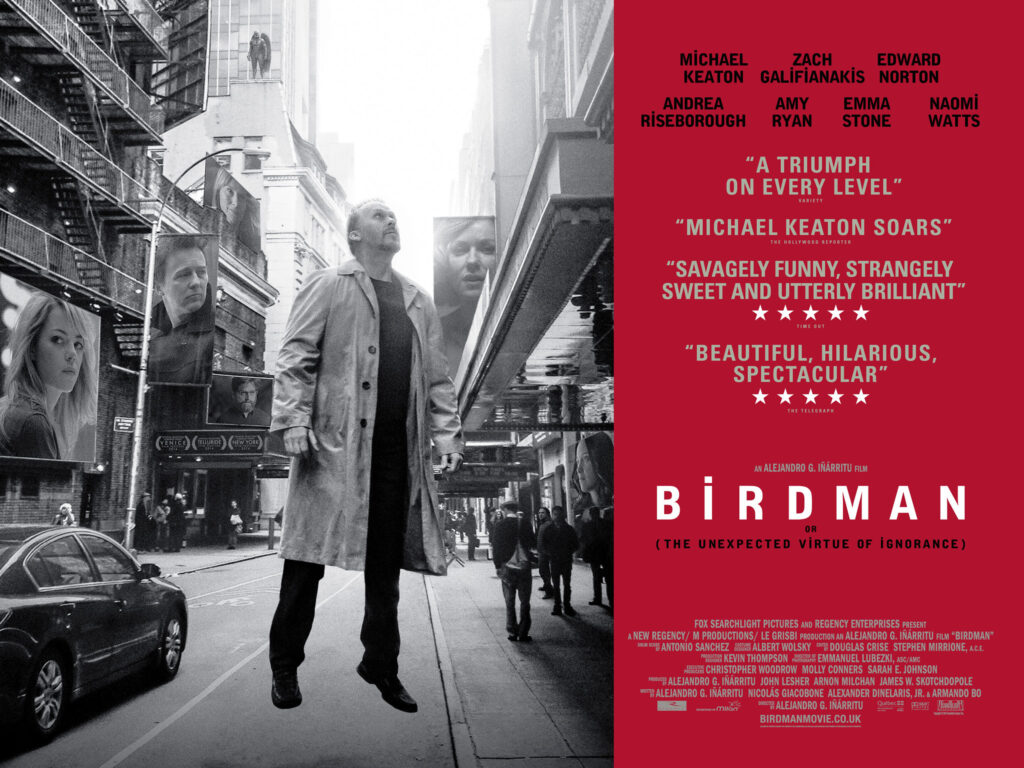
Alejandro González Iñárritu’s black comedy closes with Riggan leaping from a hospital window, followed by his daughter’s awed expression. Did he die, fly, or achieve a kind of spiritual release? The ending refuses to offer certainty.
Viewers read the final moments in vastly different ways. Some see them as literal, others interpret them as metaphorical, representing Riggan’s escape from ego and failure. The ambiguity turned an already acclaimed film into a conversation piece that lingers long after the first viewing.
Blade Runner (1982)
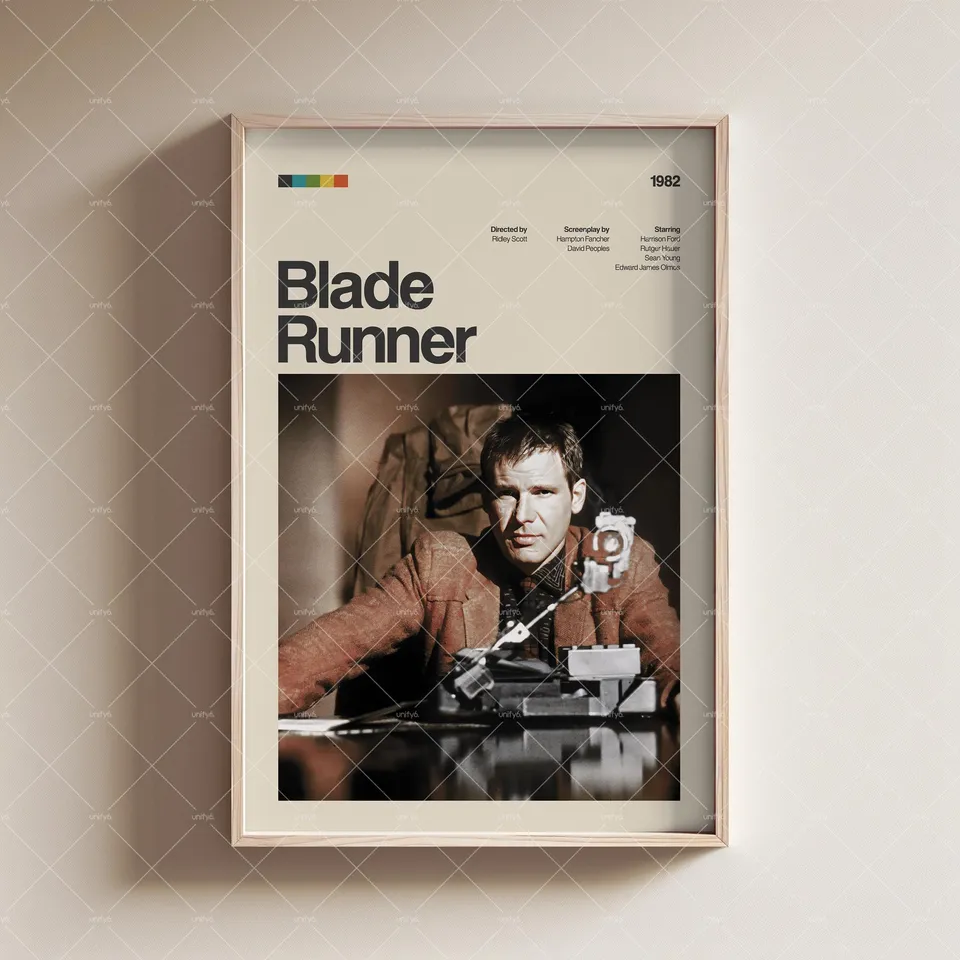
Ridley Scott’s futuristic noir left audiences asking one question for decades: is Deckard a replicant? The ambiguous unicorn dream sequence in the director’s cut only added fuel to the fire. Each new version of the film offered slight variations that kept fans debating.
Even after a sequel decades later, the question still isn’t fully resolved. Some believe ambiguity is the point, blurring lines between human and machine. Others continue to hunt for definitive proof in the smallest details, ensuring the ending’s legacy endures.
The Thing (1982)
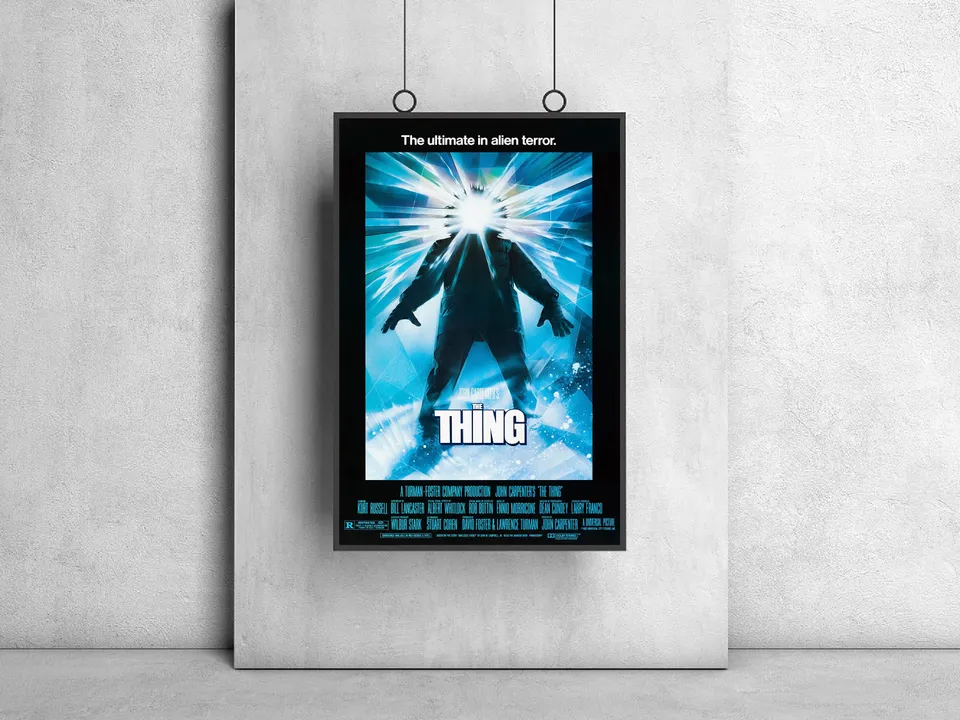
John Carpenter’s horror masterpiece ends with two survivors sitting in the snow, unsure if either is infected. Their suspicion, coupled with the inevitability of the cold, creates an atmosphere of hopeless uncertainty. The screen fades to black before any answers arrive.
For decades, fans have analyzed the film’s clues, from breath visibility to subtle character behaviors, in search of truth. Was one of them the creature, or were both human in a doomed standoff? The uncertainty makes the ending one of the most chilling in horror history.
Fight Club (1999)

David Fincher’s adaptation of Chuck Palahniuk’s novel ends with the narrator killing Tyler Durden and watching buildings collapse with Marla by his side. The destruction, paired with that final hand-holding scene, leaves room for both bleakness and rebirth. It’s both an ending and a beginning.
Some viewers take it as liberation, the narrator finally freeing himself from Tyler’s grip. Others see it as catastrophic, an act of domestic terrorism portrayed with dark irony. Either way, the ambiguity surrounding the fallout ensures people keep debating what happens next.
American Psycho (2000)
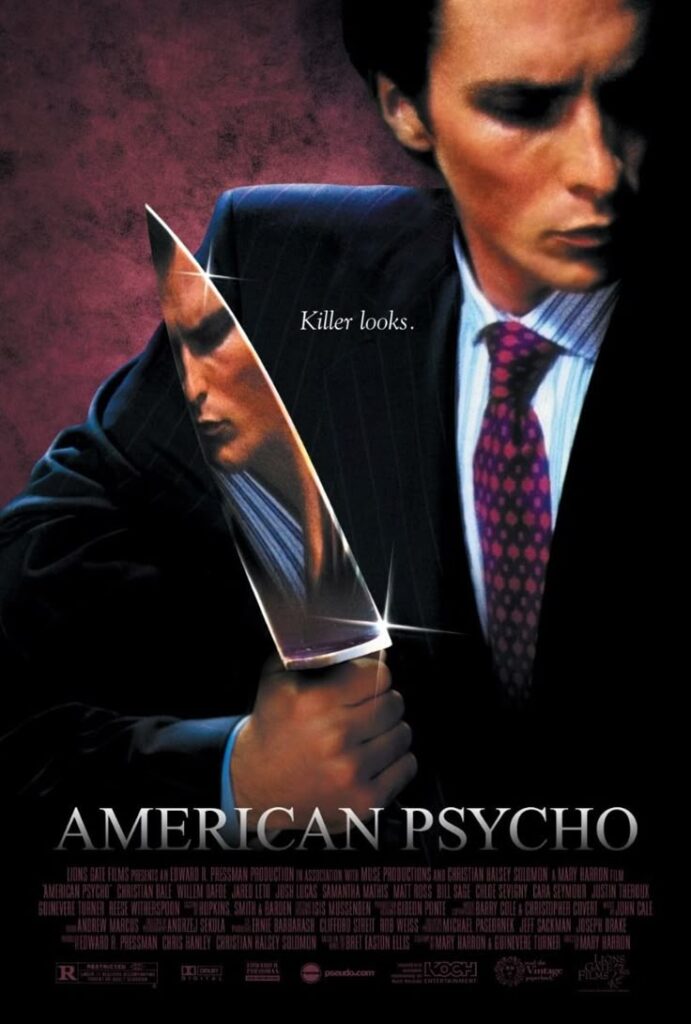
Mary Harron’s adaptation of Bret Easton Ellis’s novel blurs the line between fantasy and reality. Patrick Bateman confesses to gruesome murders, yet no one believes him, and evidence of his crimes seems nonexistent. The result is a finale where nothing feels certain.
Was Bateman a serial killer, or were his acts products of his imagination? The film offers hints in both directions, frustrating those searching for clarity. That uncertainty is what keeps the movie relevant and its ending discussed decades later.
The Sixth Sense (1999)
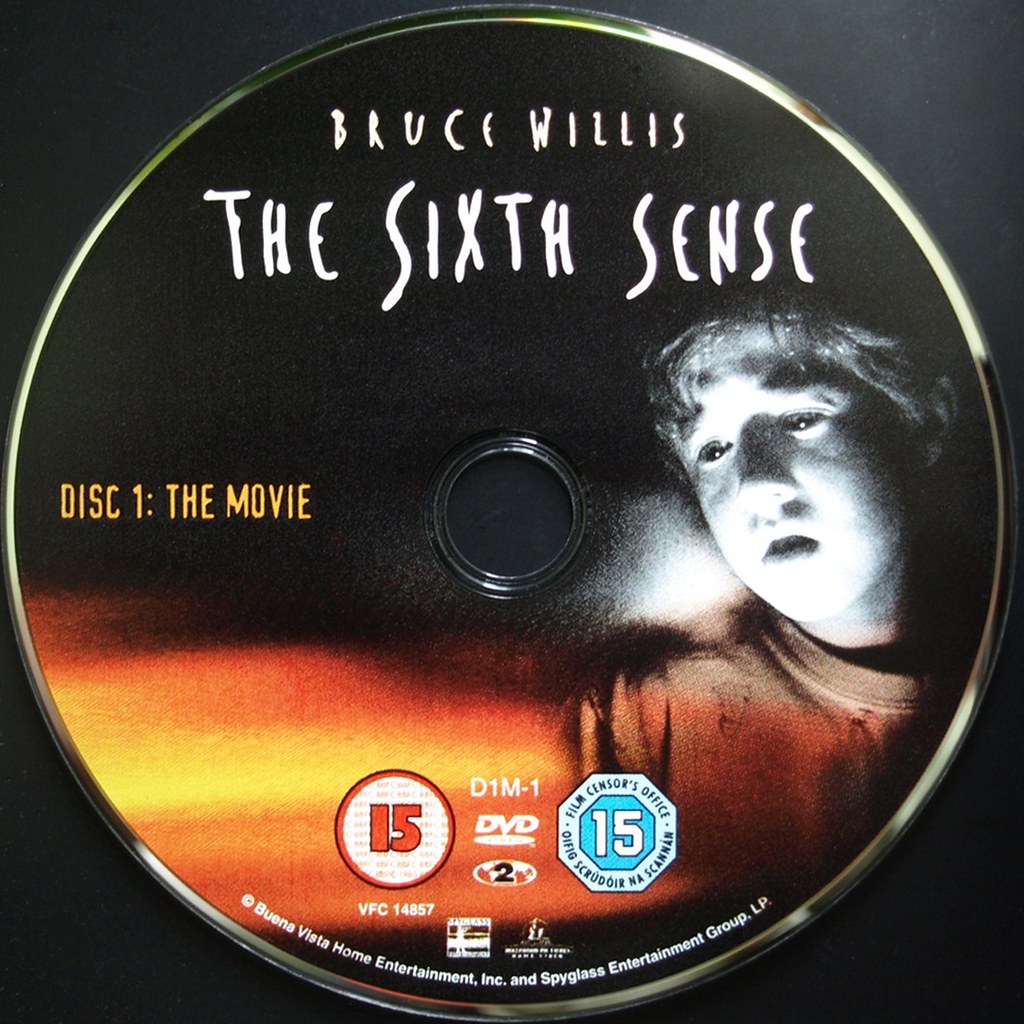
M. Night Shyamalan’s breakout film shocked audiences with its twist: Dr. Malcolm Crowe had been dead the entire time. While the reveal explains many earlier scenes, the ending also raises new questions about perception and closure. It remains one of the most rewatched twists in cinema.
Fans debate whether the film plays fairly with its clues, or if it relies too heavily on sleight of hand. Some consider it airtight, while others nitpick details that don’t quite align. The ending cemented Shyamalan’s reputation and continues to be dissected today.
La La Land (2016)
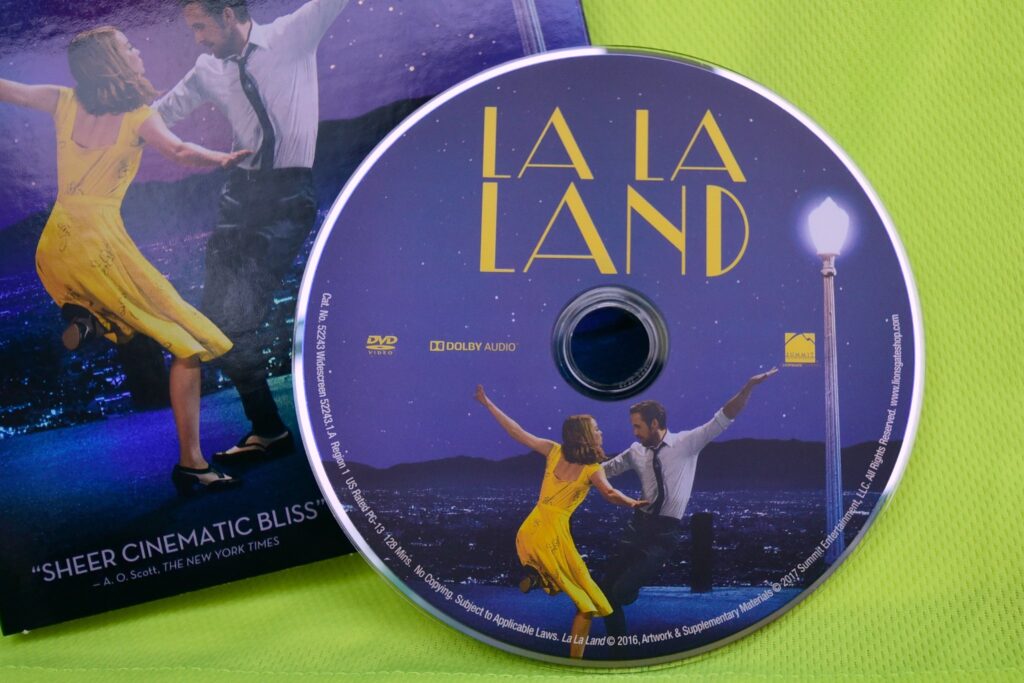
Damien Chazelle’s musical romance ends with a bittersweet split: Mia and Sebastian imagine an alternate life together before moving on separately. The dream sequence blurs reality and fantasy, leaving audiences to debate what the “true” ending represents. It’s both uplifting and heartbreaking.
Some see the film as a story of sacrifice, where dreams came at the cost of love. Others argue the ending celebrates what might have been, valuing imagination as much as reality. Its mix of joy and sadness leaves viewers with lasting questions about love and ambition.
No Country for Old Men (2007)
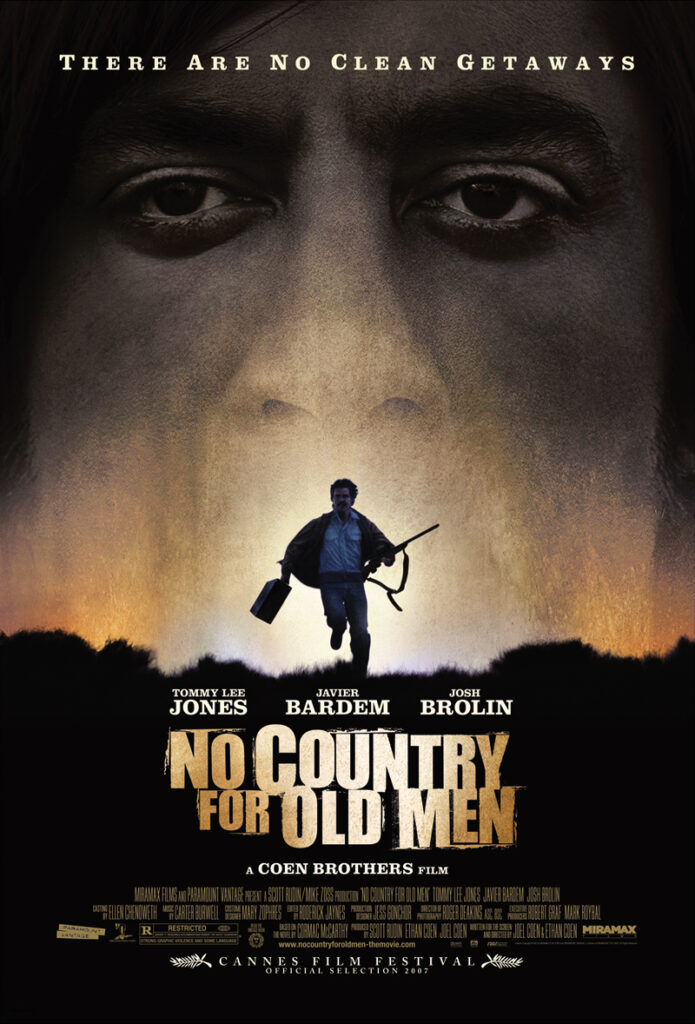
The Coen Brothers’ thriller closes not with a climactic showdown, but with Sheriff Bell recounting a dream. His words feel reflective, even anticlimactic, leaving audiences searching for meaning. The sudden shift unsettled many first-time viewers.
Interpretations range from existential commentary to meditations on death and inevitability. Some see the ending as deeply symbolic, while others think it deliberately defies traditional resolution. That refusal to tie everything neatly together keeps the film’s finale hotly debated.
This article originally appeared on Avocadu.
